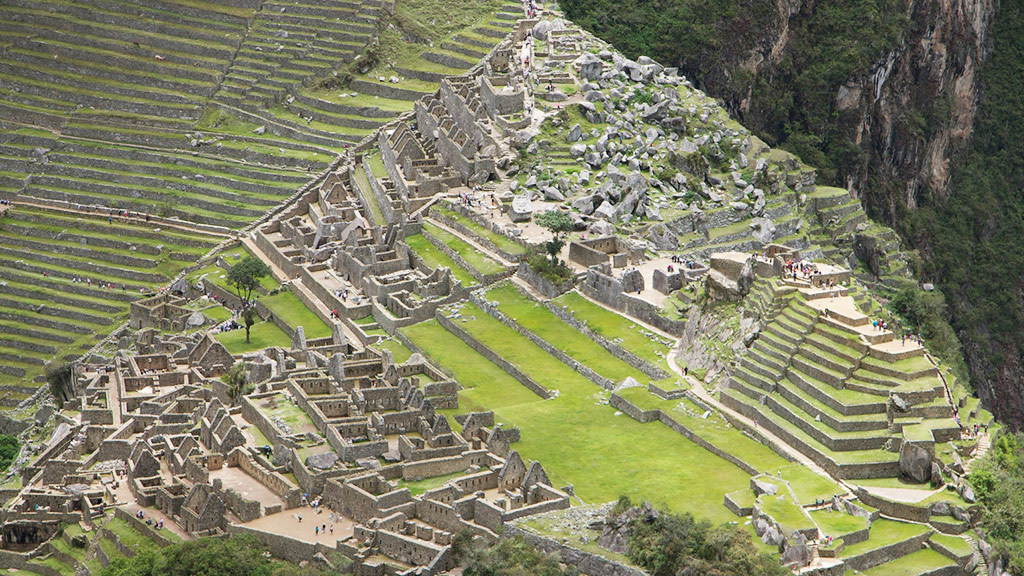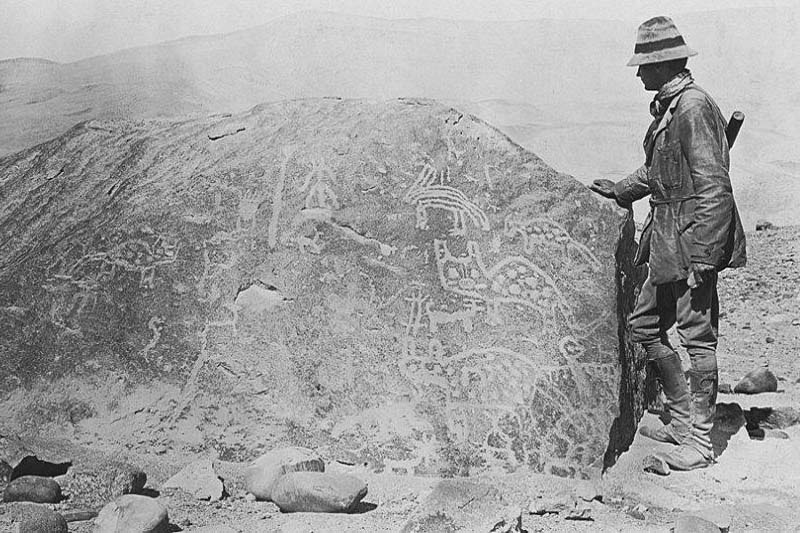Machu Picchu History: Explore Its Fascinating Legacy
Contents
Machu Picchu, an iconic symbol of Peru, stands as one of the most captivating historical sites in the world. Nestled high in the Andes Mountains, this UNESCO World Heritage Site offers breathtaking views and deep insights into ancient Inca civilization. Known as the “Lost City of the Incas,” the history of Machu Picchu remains a mystery that has fascinated historians, archaeologists, and travelers alike.
Unveiling Machu Picchu History
The story of Machu Picchu begins in the 15th century during the reign of the Inca Empire. Built under the direction of Emperor Pachacuti, the site is believed to have been a royal estate or sacred religious site. Despite its historical significance, the city remained hidden from the outside world until its rediscovery in 1911 by American explorer Hiram Bingham.
The Origins of Machu Picchu
Machu Picchu was constructed around 1450 at the height of the Inca Empire. Its strategic location—perched on a mountain ridge between the Huayna Picchu and Machu Picchu peaks—provided both security and spiritual significance. The site is thought to have been a retreat for Inca nobility, blending ceremonial, agricultural, and residential purposes.

The Architectural Marvel of Machu Picchu
The design of Machu Picchu showcases the ingenuity of the Inca people. The city is divided into two main sections:
- The Urban Sector: Housing temples, terraces, and plazas for ceremonies.
- The Agricultural Sector: Consisting of terraces for farming and food storage.
Key landmarks include:
- The Intihuatana Stone: A ritual stone aligned with the sun’s movements.
- The Temple of the Sun: A sacred site used for astronomical observations.
- The Room of the Three Windows: Offering panoramic views, symbolizing the Inca creation myth.
The precision of stone-cutting techniques used in the construction of these structures remains unparalleled, further underscoring the advanced engineering skills of the Inca civilization.

Machu Picchu History Through the Ages
The Decline and Abandonment
After the Spanish conquest of Peru in the 16th century, Machu Picchu was abandoned. Historians believe that disease and the collapse of the Inca Empire contributed to its decline. The site faded into obscurity, known only to locals.
Rediscovery in Modern Times
In 1911, Hiram Bingham introduced Machu Picchu to the world. His expedition brought global attention to this historical treasure, sparking further exploration and research into its history and purpose.

The Cultural Significance of Machu Picchu
Machu Picchu is more than just a stunning architectural feat; it holds deep cultural and spiritual significance. The Incas worshiped nature, and the location of depobos Machu Picchu reflects their connection with the earth, sky, and water. The site’s alignment with celestial bodies showcases their advanced understanding of astronomy.
Preserving Machu Picchu History
Given its popularity, preserving Machu Picchu is a global priority. Efforts are being made to protect the site from environmental damage and excessive tourism. UNESCO and the Peruvian government have implemented strict guidelines to ensure its long-term survival.

Visiting Machu Picchu Today
For travelers, visiting Machu Picchu is a once-in-a-lifetime experience. The journey typically begins in Cusco, followed by a scenic train ride or a challenging trek along the Inca Trail. Exploring the ruins offers an immersive dive into Machu Picchu history, allowing visitors to appreciate its intricate designs and breathtaking surroundings.
Fun Facts About Machu Picchu
- Machu Picchu is located 2,430 meters (7,970 feet) above sea level.
- It covers approximately 32,592 hectares (80,535 acres).
- No wheels or iron tools were used in its construction.
- Over 200 structures make up the city.
- It was declared a UNESCO World Heritage Site in 1983.
Why Machu Picchu History Matters
Studying Machu Picchu history allows us to connect with the ingenuity and spirituality of the Inca civilization. It serves as a testament to human creativity, resilience, and the harmonious relationship between nature and culture.
Read More: Jamur Goreng Tepung: Camilan Renyah yang Disukai Segala Usia

